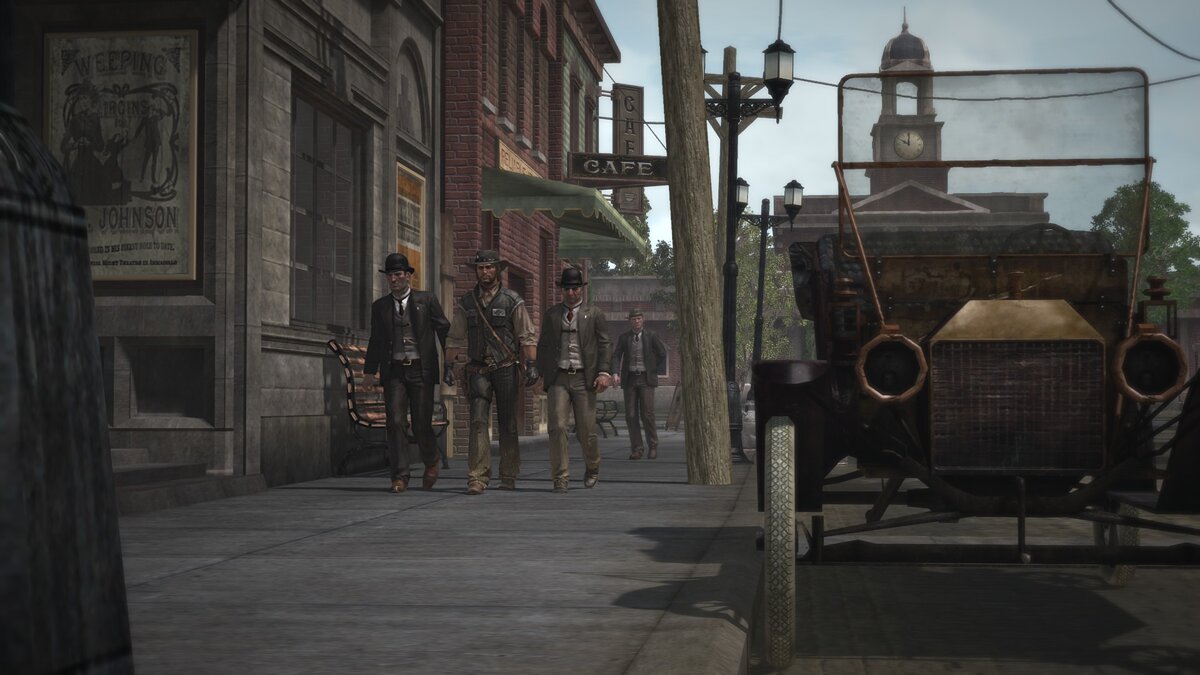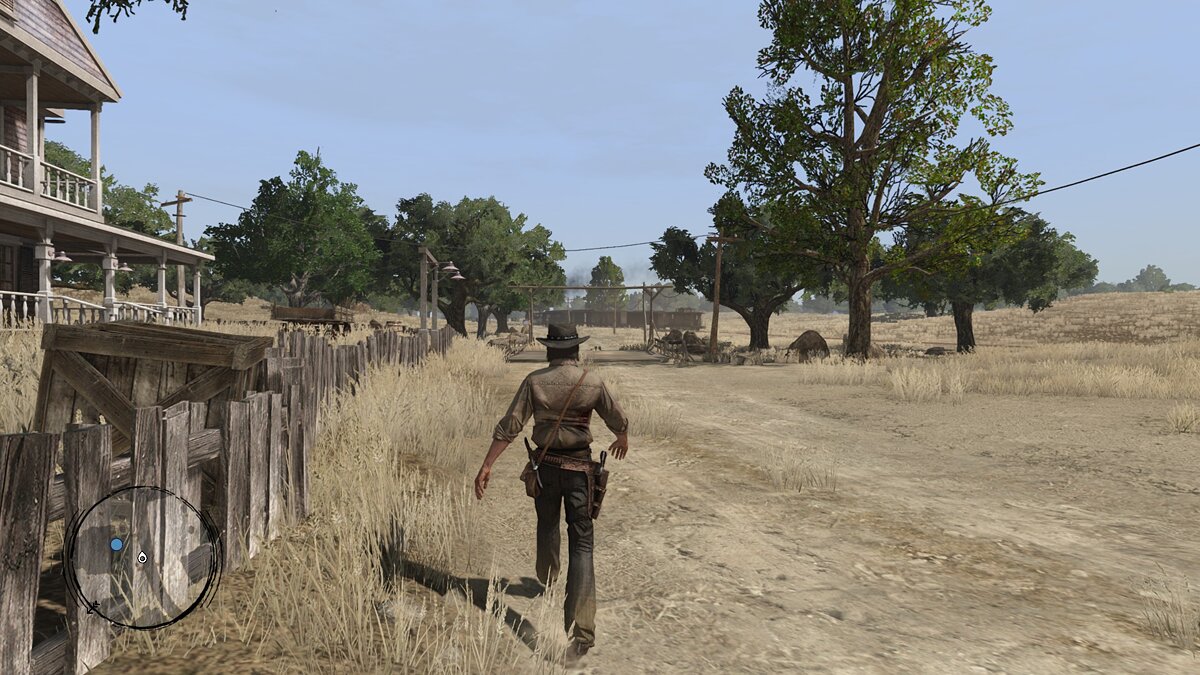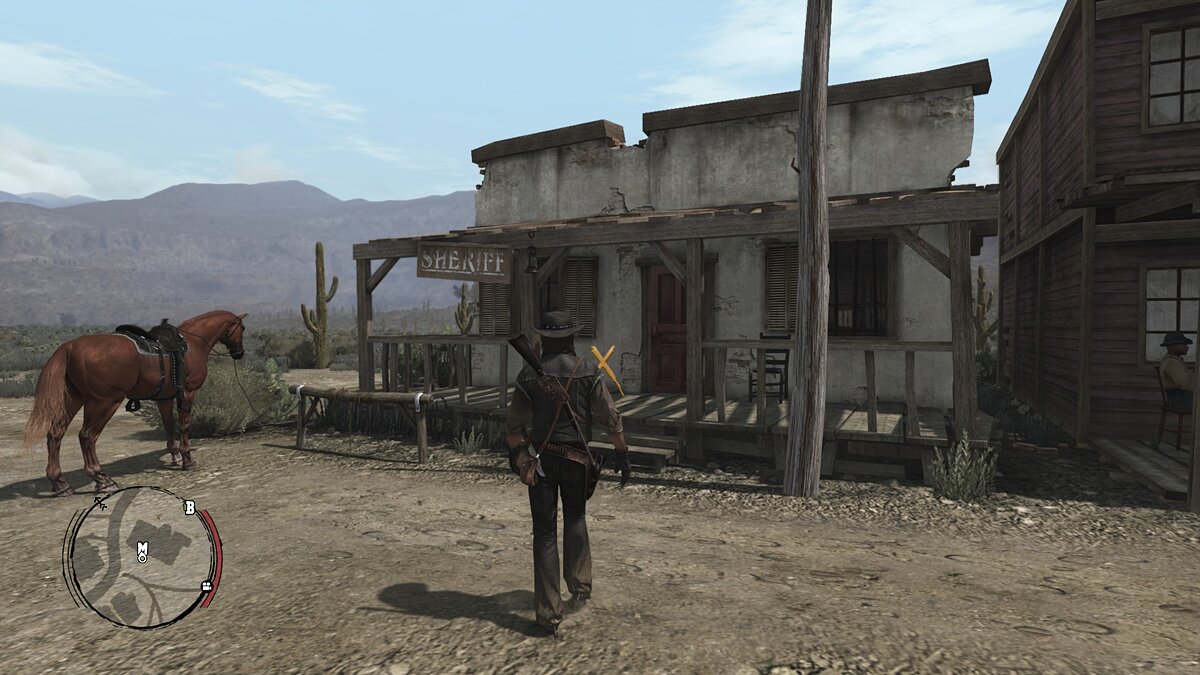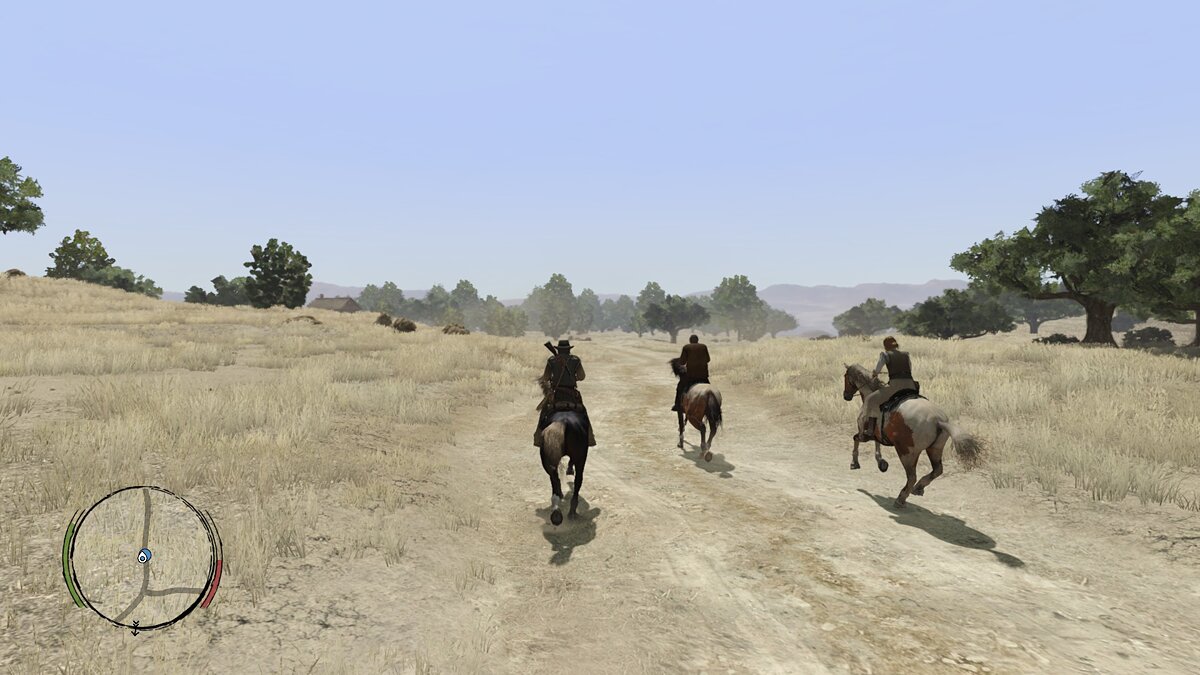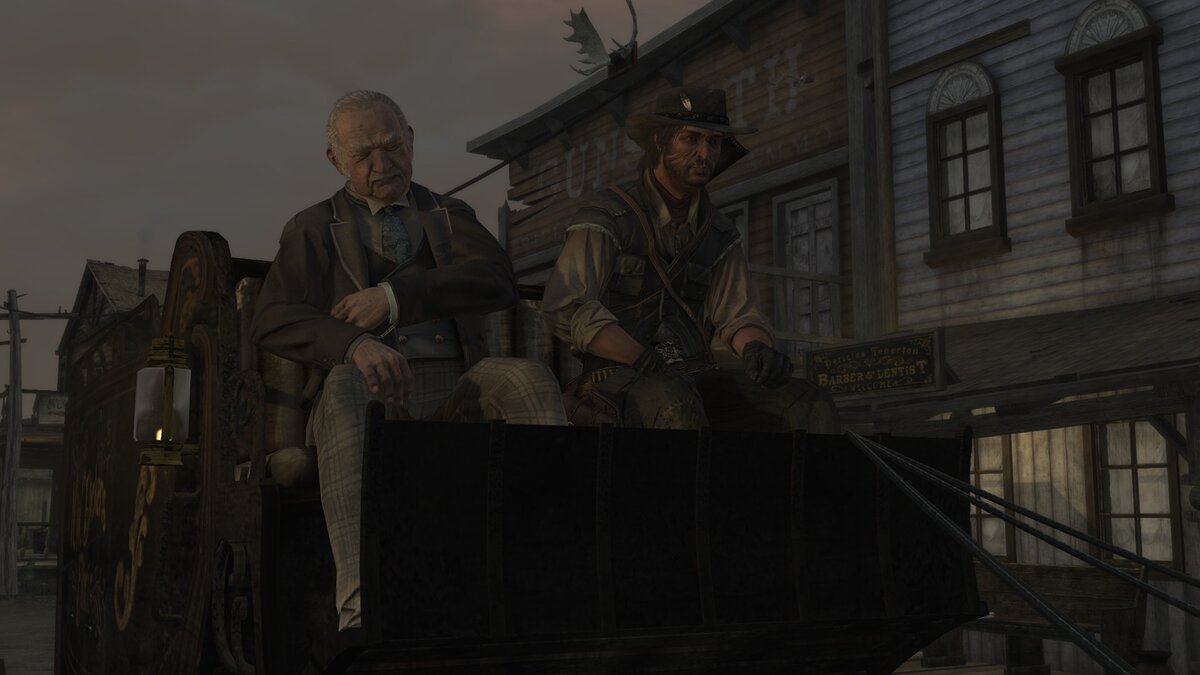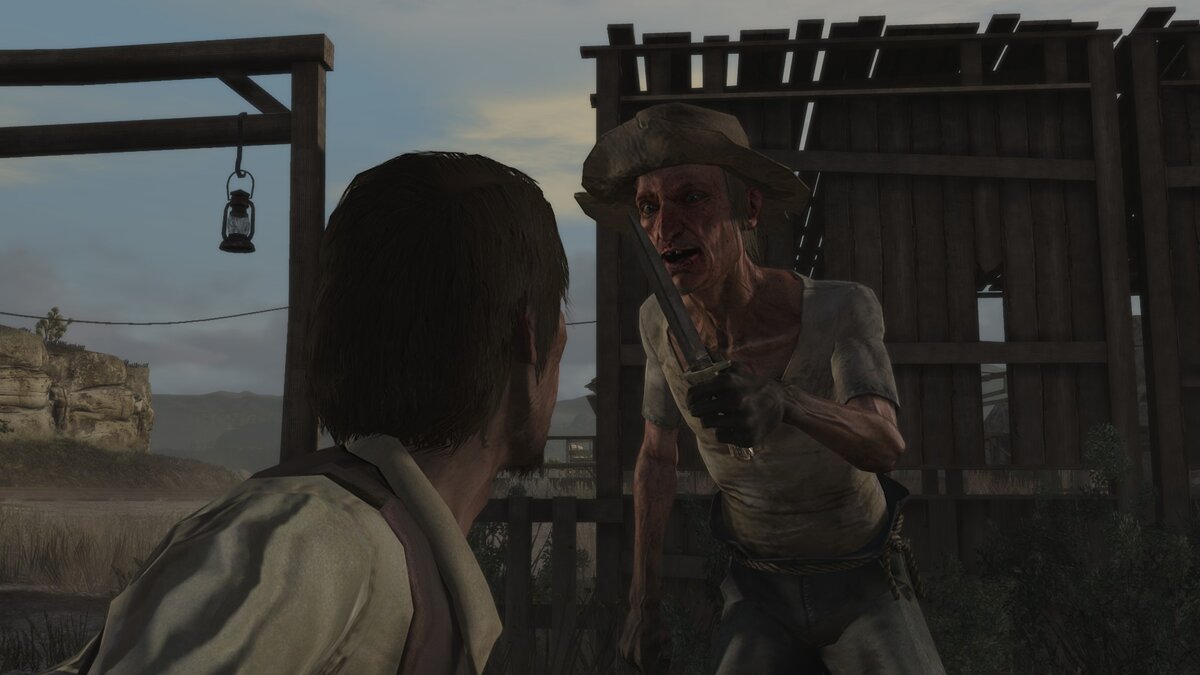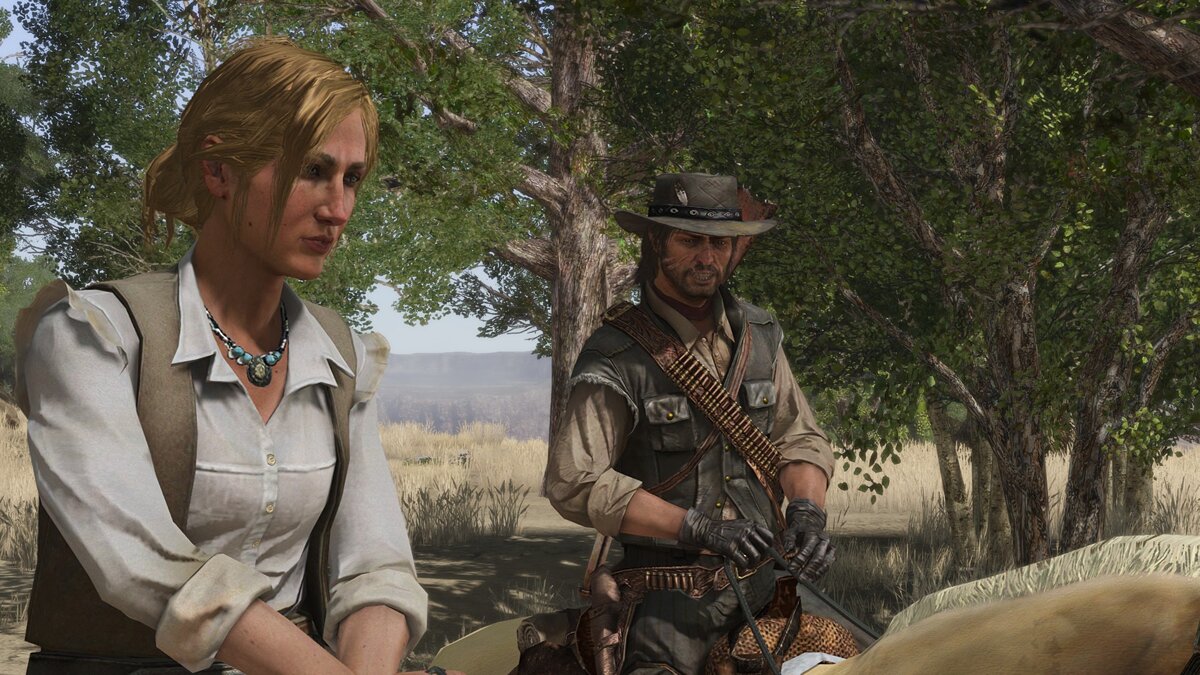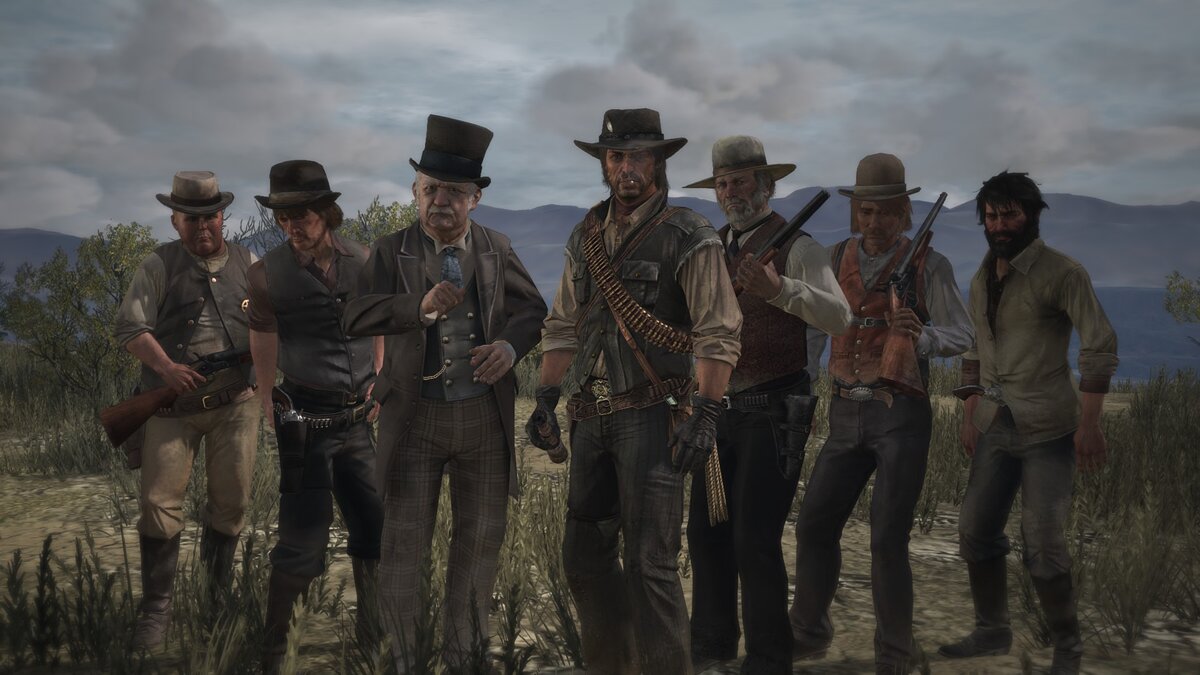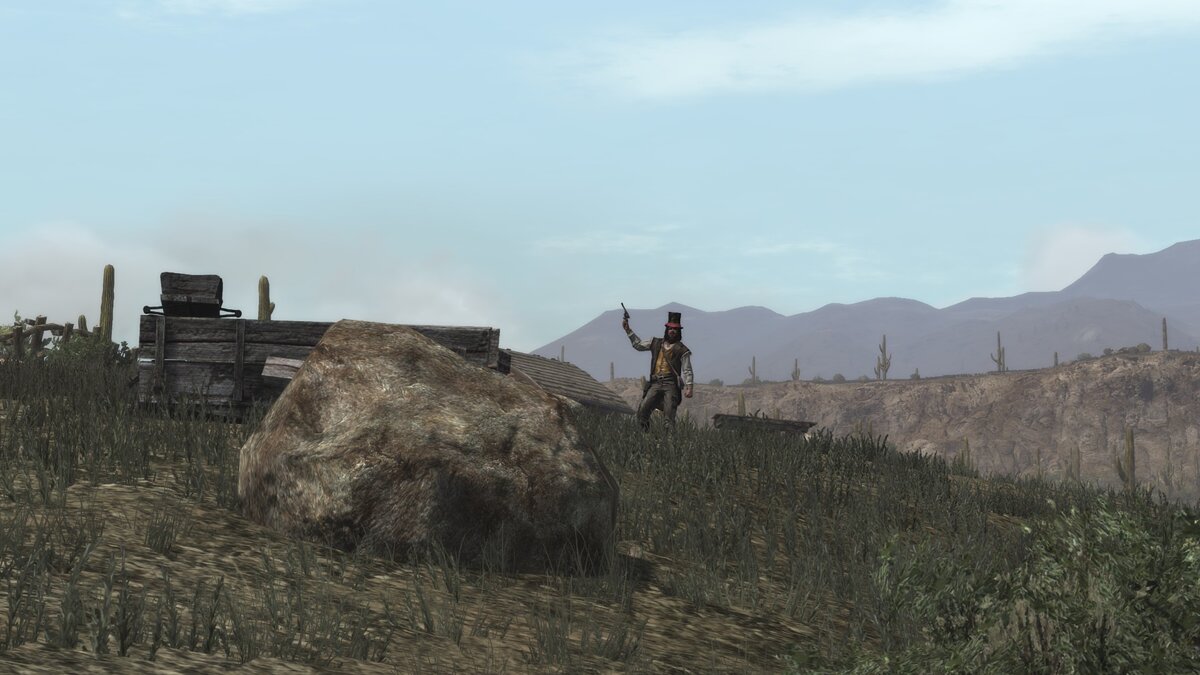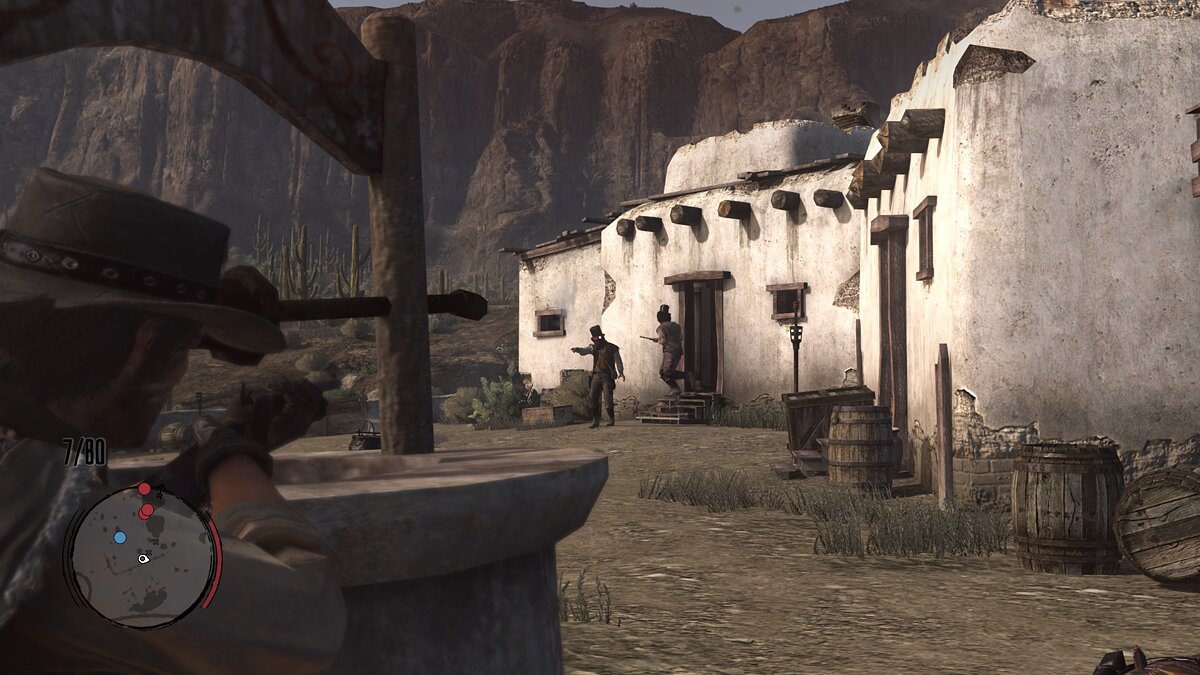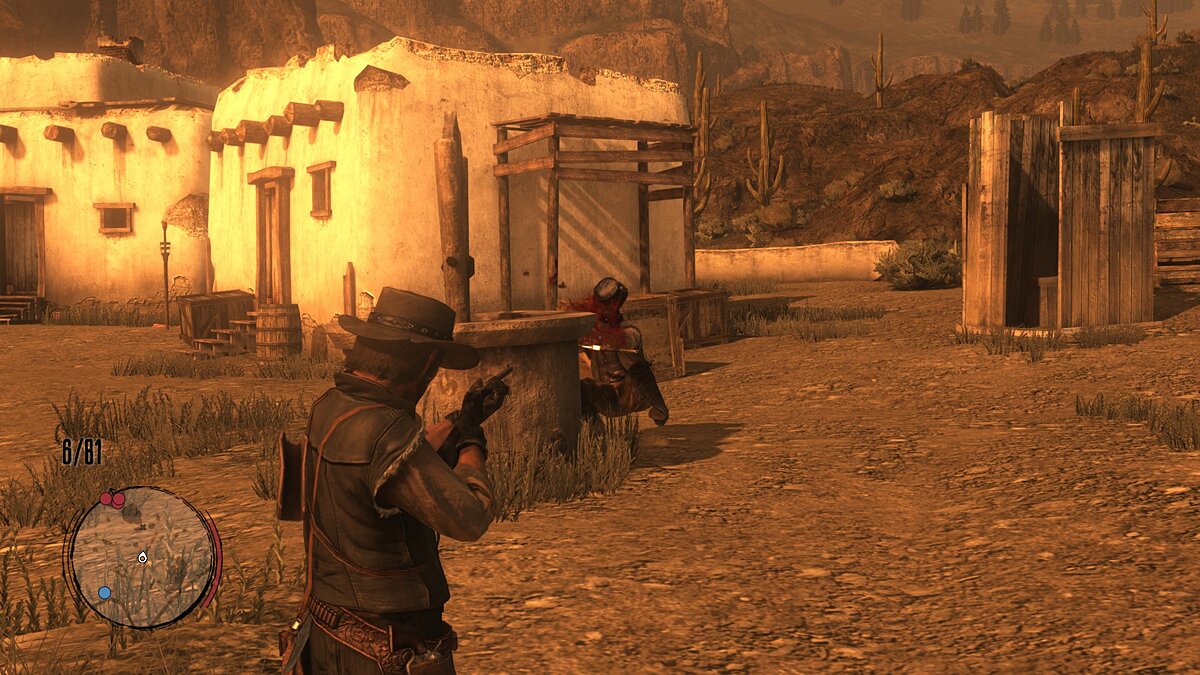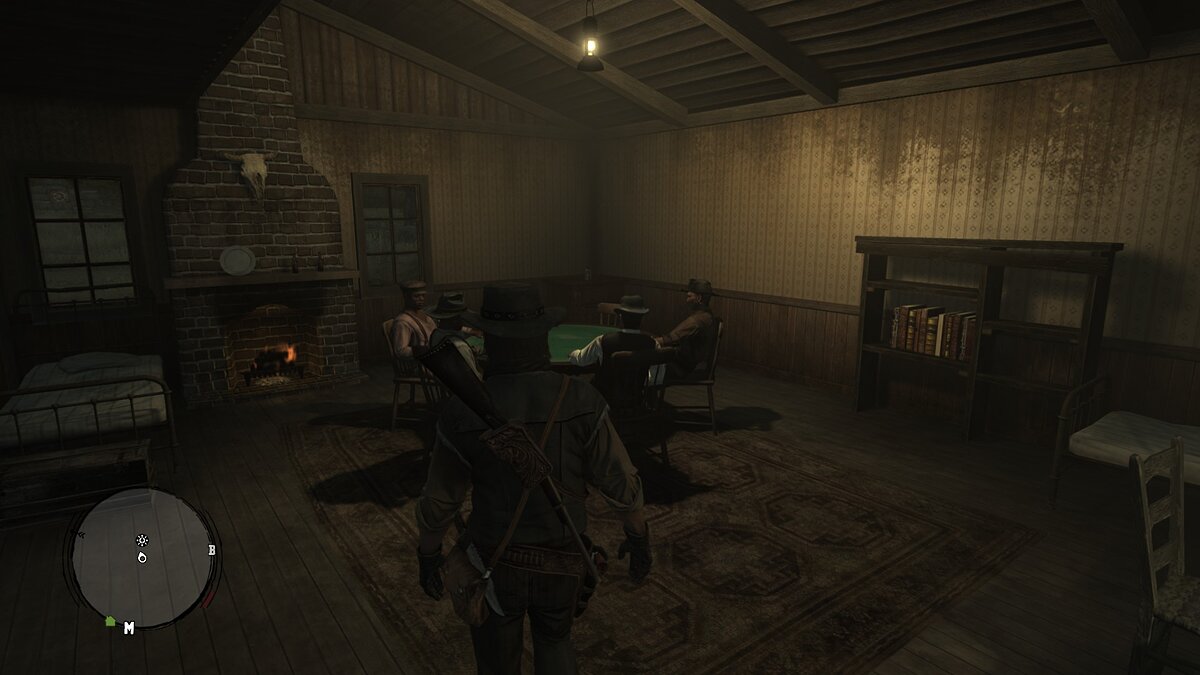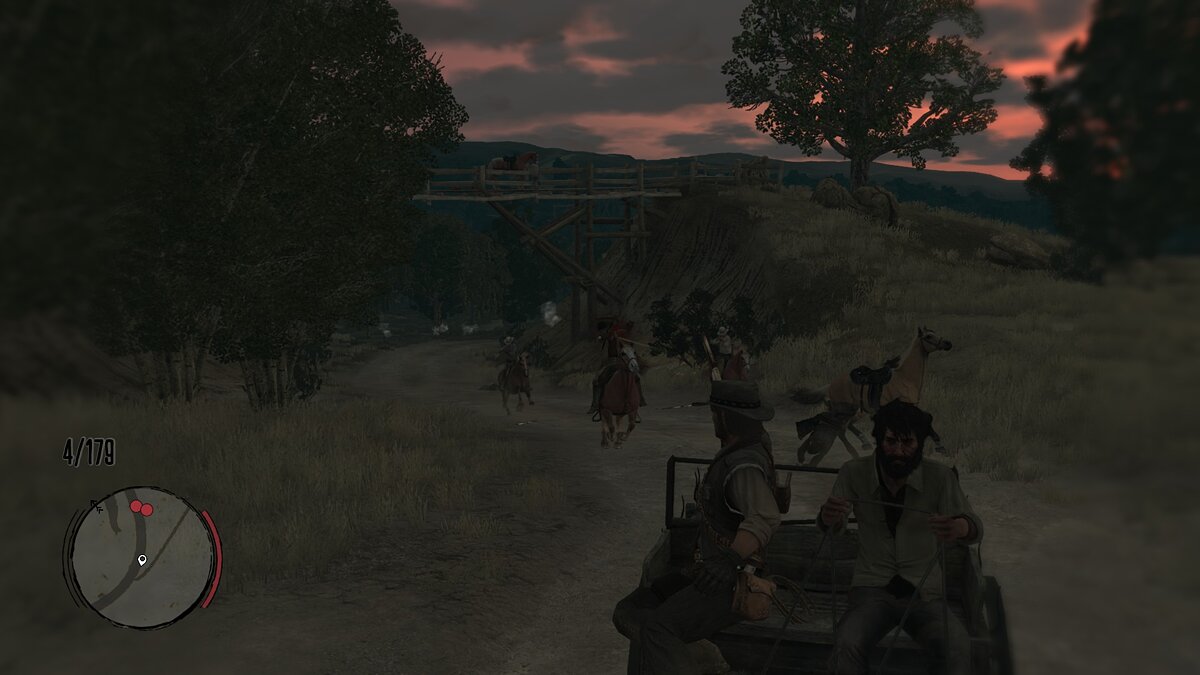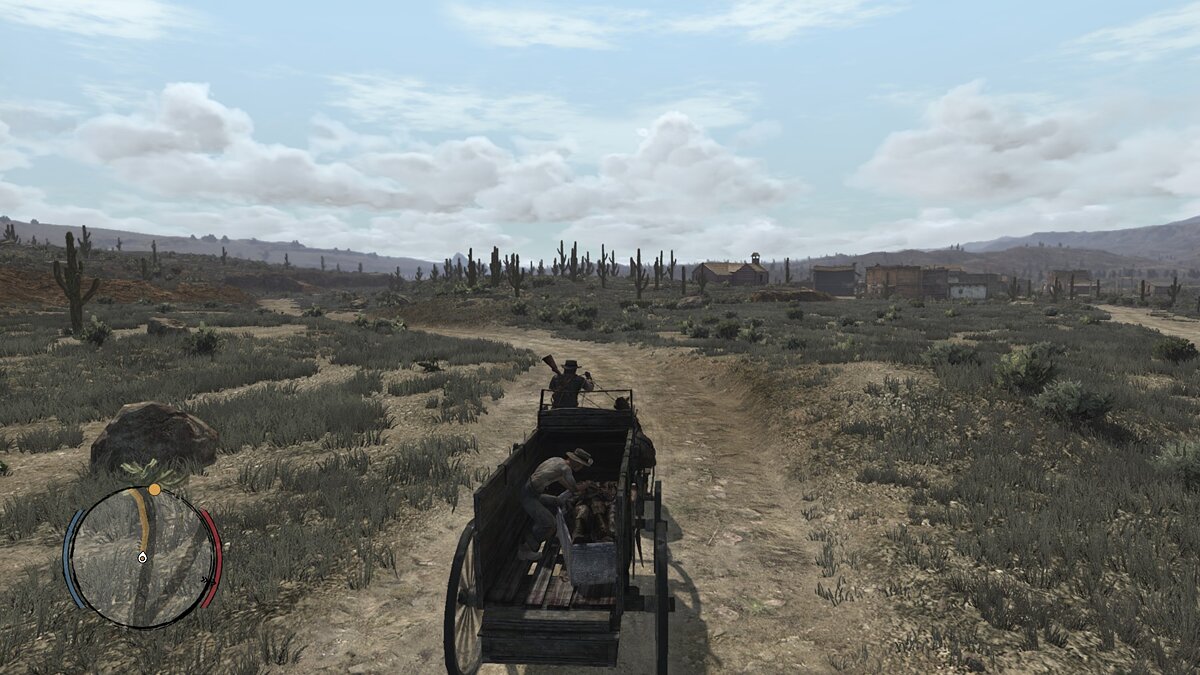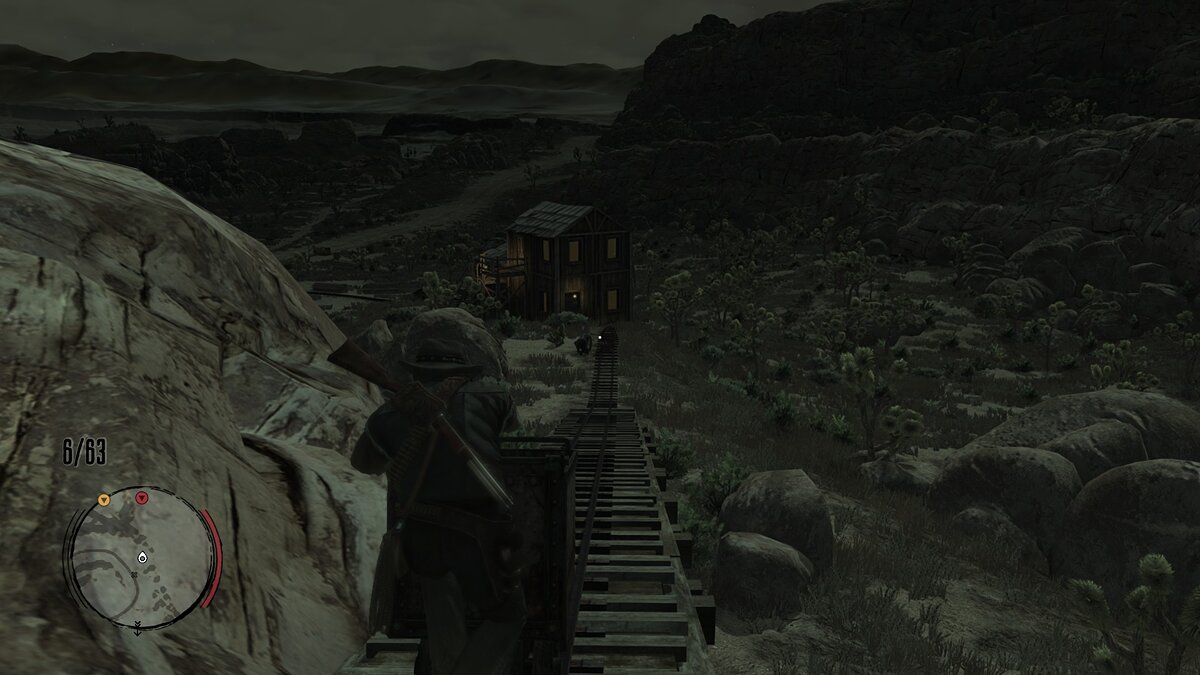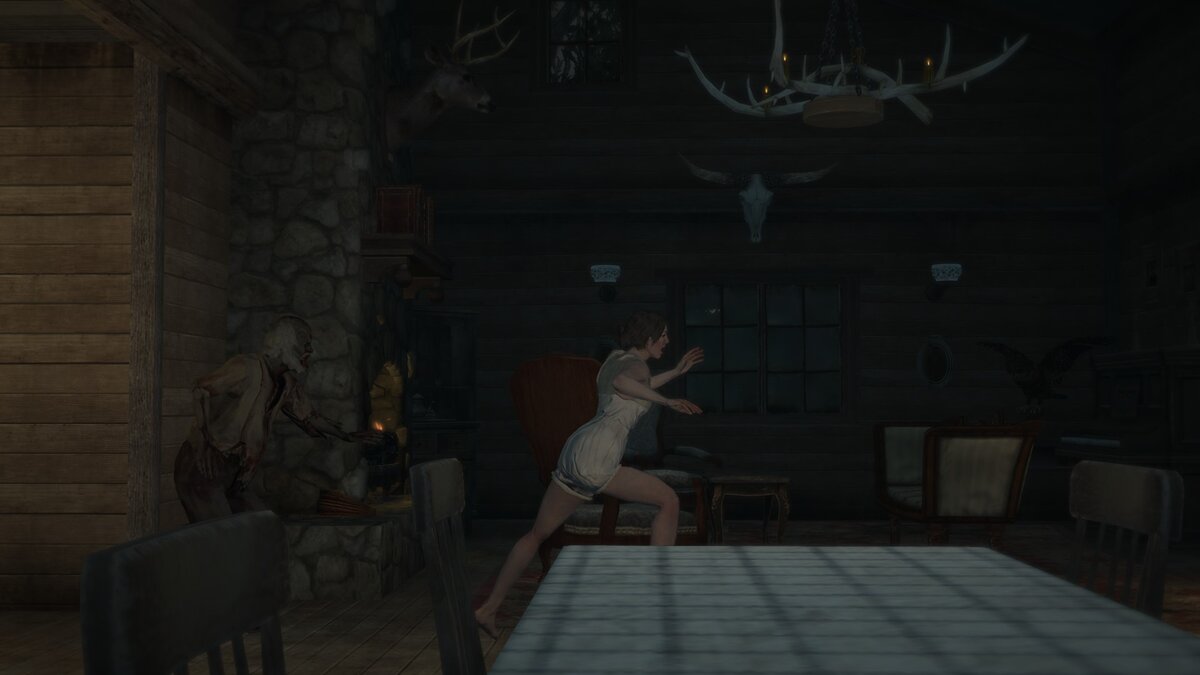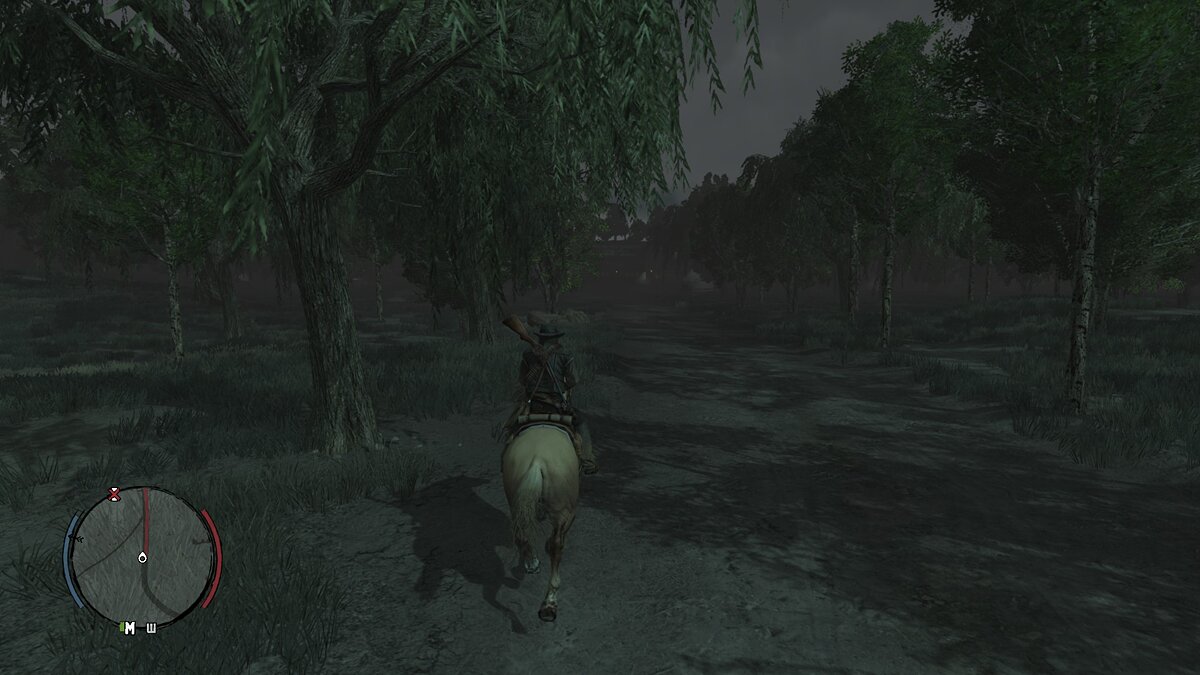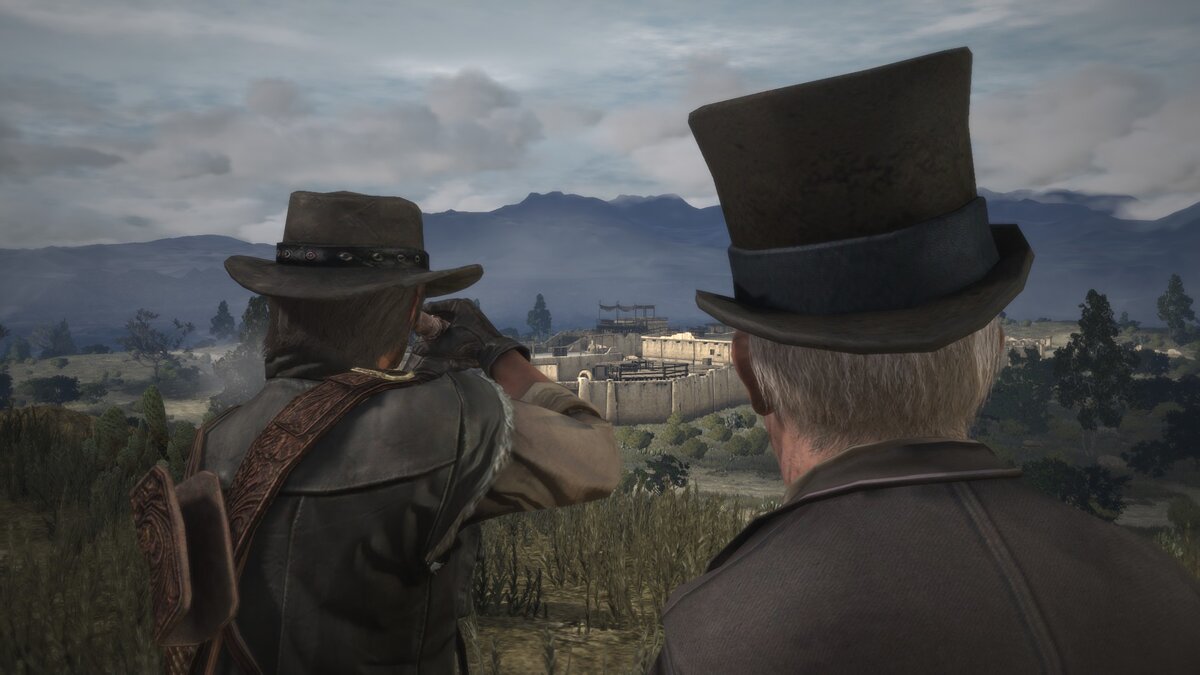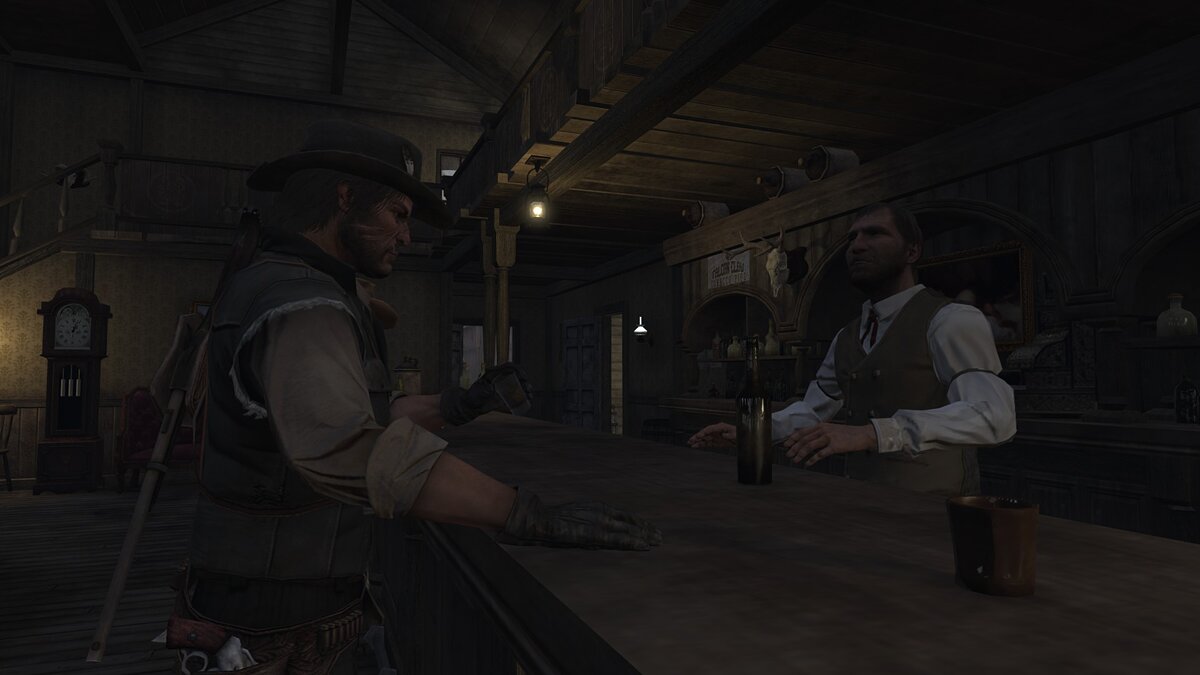Review of Red Dead Redemption. One of Rockstar Games main titles and an important game in the industry
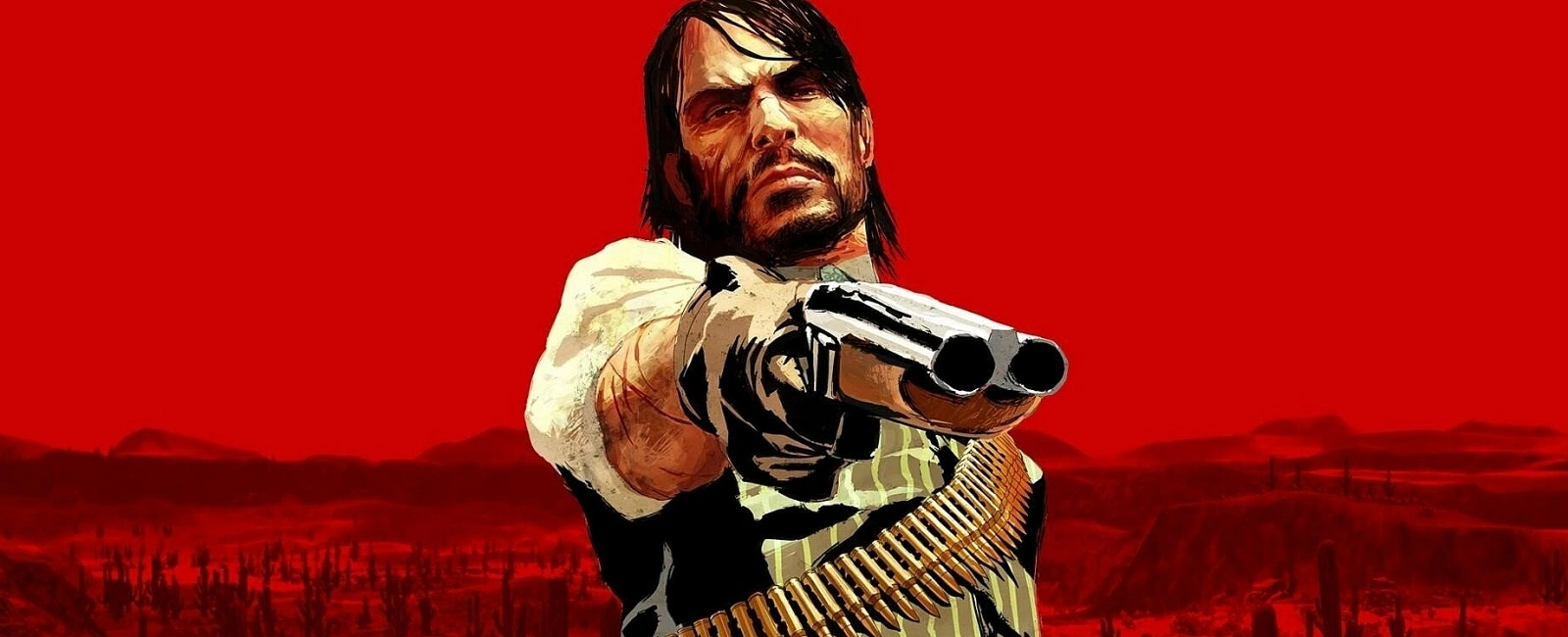
In this review, we will discuss the most important merits of the first Red Dead Redemption, the legendary game by Rockstar Games. Why this project deserves your attention if you are not yet familiar with it. We will also discuss whether it is worth replaying the game on PC with a higher frame rate if you have already ventured into the Wild West with the main character, John Marston. So, what makes RDR so great?
The complex development process
Red Dead Redemption was created by Rockstar San Diego in 2010. Its employees are renowned for their high engineering skills and ability to perform miracles with code. They were the ones who created the "impossible" port of Resident Evil 2 for the Nintendo 64 console in 1999, fitting a 1.2-gigabyte project into a 64-megabyte cartridge. Several years later, they developed the signature RAGE engine (Rockstar Advanced Game Engine) for Rockstar Games, which would be used in all the company's games going forward. These same people created Red Dead Revolver, which was initially supposed to be published by Capcom, but Rockstar acquired the studio with the half-finished project and released it under its own label.
The development process of Red Dead Redemption took more than five years and involved collaboration between several Rockstar studios worldwide. Developers from San Diego knew the RAGE engine like the back of their hand, but that was not enough to solve all the problems and challenges that arose in creating the game's systems and open-world logic.
Unlike GTA 4, where the main events take place in urban settings, the story of Red Dead Redemption unfolds in the wild with vast open spaces. The team focused on realism, freedom of exploration, and the theme of the Wild West. The game's development was marked by ambition and meticulous attention to detail. Rockstar San Diego faced difficulties in creating a seamless open-world environment that included diverse biomes, dynamic weather, and a complex ecosystem. The studio's goal was to create a narrative that could stand on its own.
Due to excessive ambition, event scripting systems, and the complex implementation of a living open world, developers worked themselves to the bone. Until the very release, Red Dead Redemption was in an unplayable state. To assist San Diego, game designers from Rockstar North, led by Leslie Benzies, were sent to rework the random event systems and polish the gameplay in a short time. That Red Dead Redemption came out in perfect condition can easily be attributed to a technological miracle. The game not only received rave reviews from the press but also became one of the highest-rated games on the Metacritic aggregator. Critics and gamers alike praised RDR for its narrative storytelling, stunning graphics, and engaging gameplay.
A story everyone should experience
The story of Red Dead Redemption takes place in 1911 and tells the tale of John Marston — a "retired" criminal forced by the government to track down and eliminate former members of his gang in exchange for his family's safety and peace. The game begins with the protagonist being sent to confront his former partner, Bill Williamson, who has formed his own gang and is terrorizing the town of New Austin. Marston arrives to meet the antagonist and tries to persuade him to surrender to the authorities. Bill refuses and shoots John.
Fortunately, ranch owner Bonnie happens to pass by and saves the hero from death. In return, Marston works on her farm while gathering allies to help him launch an attack on the fort and take down Bill. At the end of the first act, John and his friends storm the fortress but do not find his former partner there, as he has fled to Mexico to another former ally of Marston named Javier. Now the protagonist must traverse the arduous path across the vast American border and reach early 20th-century Mexico.
In the second act of Red Dead Redemption, John Marston becomes embroiled in a local civil war, where he must work for both sides of the conflict. Ultimately, with the help of the rebels, he catches up with Williamson and Javier and kills them both. Now he needs to return to the United States and take down the former gang leader and mentor — Dutch van der Linde, who has formed a new gang of Native Americans. After dealing with him, Marston will have fulfilled the government's order and can return to his family.
We intentionally described the story in broad strokes, without delving into specific details and interpretations. Despite its seemingly simple structure, the plot of Red Dead Redemption does not focus solely on ordinary revenge against former accomplices. Throughout the narrative, themes of redemption, freedom, loyalty, and the impact of technological progress on traditional ways of life are revealed to the player. Screenwriter Dan Houser stated in an interview that the story of RDR is a satire on modern America through the prism of a western, while also being a reflection on the end of the Wild West era and the beginning of industrial development.
John Marston's journey is not just a story about seeking redemption for his past deeds but also an exploration of the inevitability of change and the ambiguity of choices that everyone must make. The final act, featuring John's son, only emphasizes the idea that redemption is not always rewarded. The conclusion of the entire story leaves a bittersweet aftertaste due to its combination of tragic elements and a bittersweet ending.
Red Dead Redemption became the first Rockstar game where the protagonist did not feel like a stereotypical puppet performing the most insane tasks without question. John Marston turned out to be so convincing that even after 14 years, his story still resonates deeply. If you missed Red Dead Redemption for some reason and are unaware of all its plot twists, now is the time to fill that gap. The game is available on all modern platforms.
Timeless gameplay
The gameplay of Red Dead Redemption is a mix of third-person action, open-world exploration, and role-playing elements. Gamers can engage in shootouts, ride horses, hunt wild animals, gather herbs, and interact with non-playable characters who offer multi-step side quests. Unlike the second part, the missions in the prequel are quite diverse and constantly offer gamers new opportunities. In addition to standard battles and horseback travel from one point to another, you can tame horses, herd cattle, catch bandits, search for treasure, play poker, and much more.
The Dead Eye targeting system from Red Dead Revolver transitioned into Redemption, allowing players to slow down time and mark targets for precise shooting. This mechanic adds a strategic element to battles and makes shootouts both engaging and cinematic. On consoles, the system was a lifesaver, enabling headshots using the analog stick. On PC, this feature is best used for stylish finishers. After all, aiming with a computer mouse is significantly easier and allows for accurate headshots.
Compared to Red Dead Redemption 2, the world of the original game feels empty. Yes, it is filled with random events like ambushes, public executions, skirmishes between people and wildlife, shootouts between lawmen and criminals, and kidnappings from seedy places. However, such events do not occur as frequently as one might wish. Most of the explorable territory remains uninhabited and under the control of nature. Along the way, you will sometimes encounter people in need of help. These are not random events but scripted stories written by the developers. They reveal the stories of people and highlight themes of survival in difficult times. Of course, there are also some crazy non-playable characters. But this is a signature feature of Rockstar. The studio uses this to satirize modern stereotypes. Mini-quests add dynamism and a sense of liveliness to the open world, even when the player is not following the main story.
The game world is very expansive and diverse in terms of scenery. There are towns, deserts, forests, and labyrinthine canyons to explore. The wilderness plays an important role and poses a danger to inattentive gamers: encounters with wolves, bears, coyotes, and even cougars are common. Each confrontation can be intense and unpredictable. Hunting often saves you from poverty and allows you to quickly amass a fortune. Unlike Red Dead Redemption 2, in the first part, you can freely shoot all living things without worrying about the quality of the hides. Sellers buy absolutely everything, albeit at low prices by the game's economic standards.
The wanted system is modeled after Grand Theft Auto but with some distinctive features. When a player commits a crime in front of witnesses, they run to the sheriff to report the incident. You can bribe them or kill them before they reach the station, thus avoiding pursuit. Otherwise, a wanted level will appear with a bounty on Marston's head. The reward amount will increase after each crime committed. The higher it is, the more lawmen will be sent to capture the protagonist. If the player continues to kill innocents and commit crimes, elite US marshals or Mexican soldiers will come after them. You can lose the "tail" and get rid of the bounty at a telegraph station by presenting a pardon letter or paying a fine for the damage caused.
Red Dead Redemption features a unique honor system that tracks the player's actions and awards reputation points. Every choice made can lead to different outcomes. Local residents will react differently to Marston, and merchants will adjust their prices accordingly. The morality system adds depth and replayability to the gameplay. Gamers can play through the game as a benevolent hero who helps in every situation, or as a dreadful criminal who kills everyone in their path.
With a keyboard and mouse, missions have become easier, and shootouts no longer pose difficulties. The game constantly generates content that grabs your attention. Unlike the sequel, the first part does not intentionally pull the player away from the main story for yet another activity. RDR maintains the structure of classic Rockstar games without intentional dragging and content for the sake of content.
Old age is no joy
In 2010, Red Dead Redemption was groundbreaking in its graphical execution. It showcased detailed landscapes, realistic lighting, and highly detailed character models. Each biome has its own color palette and atmosphere, and there are over 450 unique characters, with "clones and lookalikes" rarely appearing in the same location. The cutscenes were created using motion capture and facial capture technologies.
Of course, all these technological features are no longer as impressive as they were 14 years ago. Textures, models, animations, and environmental detailing were ported without changes. The improvements include full support for 4K resolution with a maximum refresh rate of up to 144 Hz, support for ultrawide (21:9) and super-ultrawide (32:9) monitors, as well as HDR10. Red Dead Redemption works perfectly on modern systems. You will have no trouble getting 144 frames per second at maximum graphics settings thanks to the implemented image scaling technologies NVIDIA DLSS 3.7, AMD FSR 3.0, and optional draw distance and shadow quality settings. Visual bugs do occur, but they are often due to the original 30 FPS limit. For example, Marston doesn't have time to get on the horse, and it's already galloping away.
The soundtrack deserves special praise. Red Dead Redemption is one of the first Rockstar games to feature an original musical score. The composers were Bill Elm and Woody Jackson. The soundtrack is a blend of atmospheric and thematic compositions that evoke memories of classic westerns with melodies reminiscent of the legendary Ennio Morricone. A dynamic music system is also implemented, which changes based on the player's actions or location.
A standout piece is «Far Away» by Swedish artist José González, which the developers added at a crucial plot moment when Marston rides into Mexico. This perfect integration of music into the narrative made the moment even more emotional.
***
Red Dead Redemption is an iconic game that rightfully deserves an honored place among the greatest projects of all time. The combination of storytelling, game design, and innovations in open-world implementation set a benchmark that remains unreachable for most games. Red Dead Redemption can easily compete with major new games in terms of story and gameplay. Yes, the project has noticeably aged visually, but blurry textures and simplified location decor do not affect the perception of the story and gameplay.
The plot of RDR is not afraid to tackle taboo topics and mock vices that have become the norm in our time. This game is from an era when developers did not try to impose opinions and explicitly explain what is good and what is bad. Each player could experience emotions without the guidance of a scriptwriter. Don't pay attention to the graphics, they are stylish in every project now, but a good story and gameplay are hard to find.
Rating: 9.5/10

